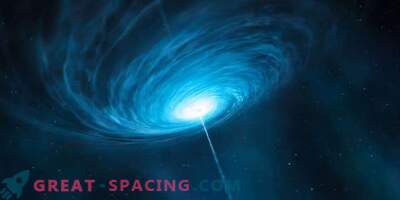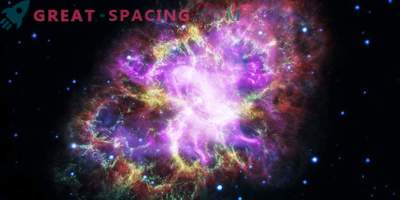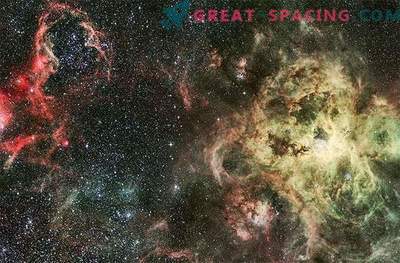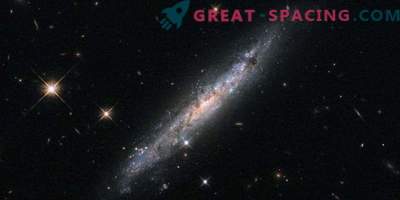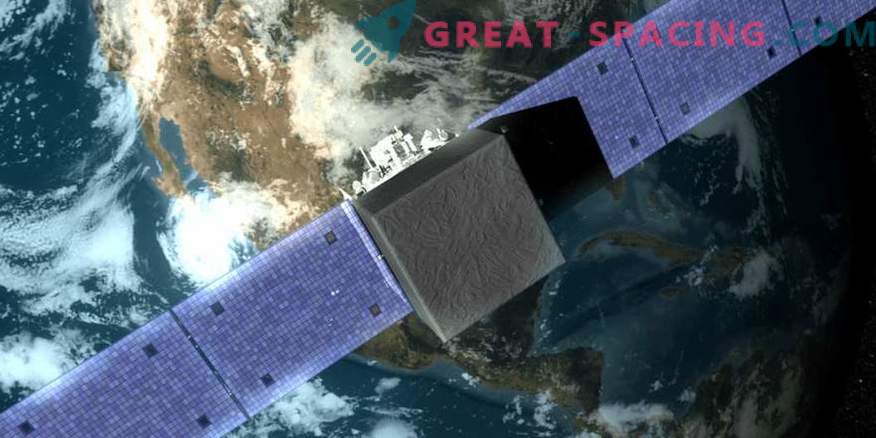
An analysis of the Fermi Space Telescope and the High Energy Stereoscopic System (HESS) at the Namibian Observatory showed that a trap was located at the center of our galaxy. The danger is that it concentrates the highest energy cosmic rays.
Cosmic rays - high-energy particles moving in space with almost the speed of light. Approximately 90% are protons, and the rest is an electron and the nuclei of various atoms. During the movement they are influenced by magnetic fields that change their trajectories. Because of this, it is impossible to understand where the source of occurrence is located.
Scientists can fix their presence only at the moment of contact with the substance, where they release gamma rays. Thus, in March 2016, the HESS team was able to notice activity in the galactic center. It was a diffuse gamma-ray emission with a power of 50 trillion electron volts. So that you understand the whole situation, the energy of visible light reaches 2-3 electron-volts.
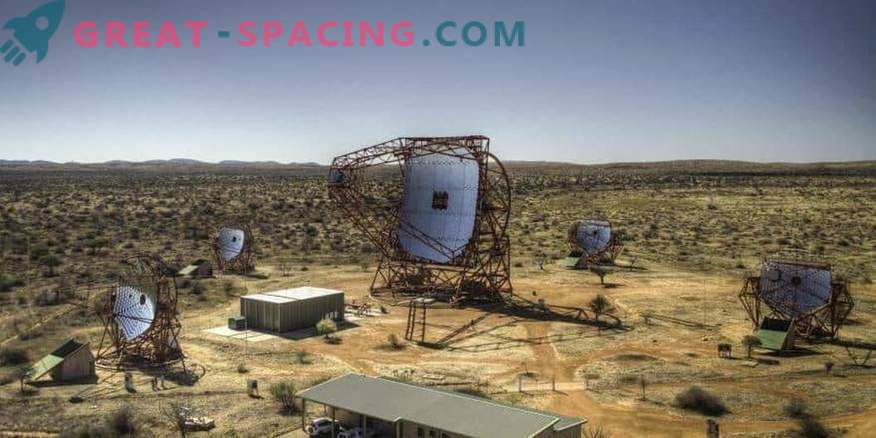
Five HESS telescopes in Namibia capture faint flashes that appear when gamma rays are absorbed in the upper atmosphere In a new analysis, scientists used HESS data to obtain a continuous gamma-ray spectrum coming from the center of the Milky Way. It turned out that for all the found protons in other parts of the galaxy there are gamma rays from one population. The highest energy indicator is 1000 TeV.
This phenomenon was not seen in the usual models of the movement of cosmic rays, but computer simulations are consistent with Fermi's observations. These same particle collisions are responsible for the creation of neutrinos. These are the fastest, easiest and most mysterious fundamental particles. They move from the source to us directly, therefore they practically do not contact with other substances and do not possess a charge.
Experiments in Antarctica find neutrinos in the solar system, but it is incredibly difficult to identify the source. Interestingly, the Fermi and HESS results show that the galactic center can serve as a powerful source of neutrinos, and we will know about this in the near future.




